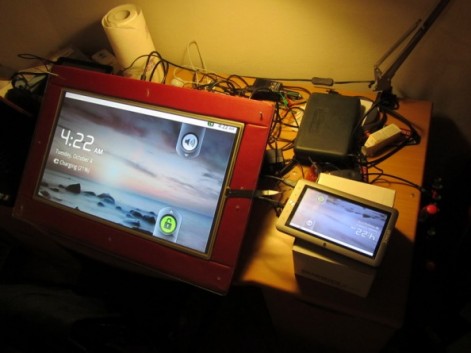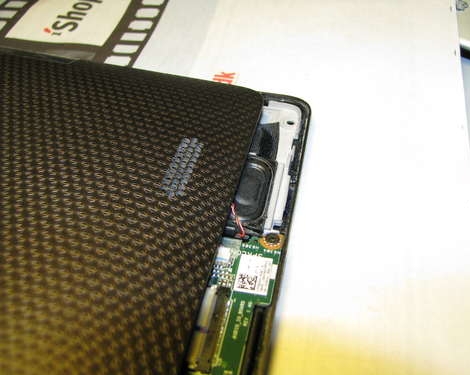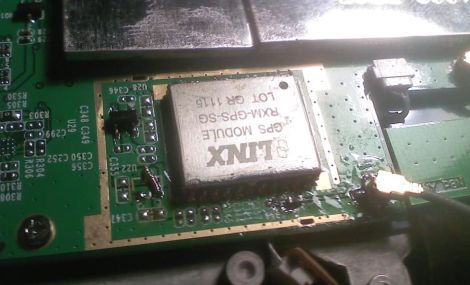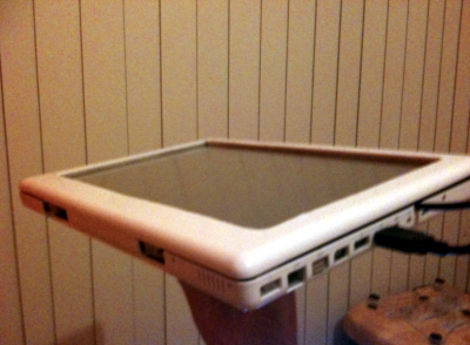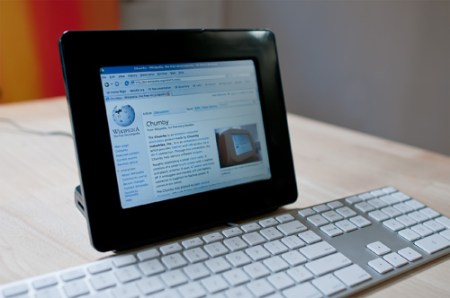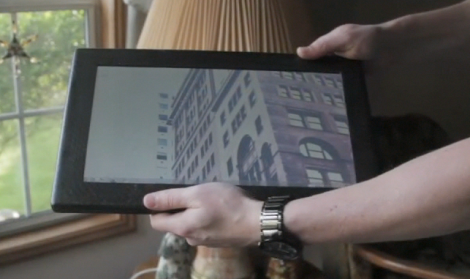Behold the uWave, a microwave oven that plays YouTube videos while it cooks. [Kevin] and three classmates at the University of Pennsylvania developed the project for the 2011 PennApps hackathon. It uses a tablet computer to replace the boring old spinning food display microwaves are known for. Now, an Arduino reads the cook time and sends that information to a server via its Ethernet shield. The server then searches YouTube for a video that approximately matches the cooking time, then pushed that video to the tablet to start playing. The video demonstration embedded after the break shows this, as well as the tweet that the machine sends at the beginning of the process.
It’s an interesting concept, and we think the code used to push a video to the tablet has a lot of other applications (we’re keeping this one bookmarked). On the other hand, we wonder how long it will take for public microwaves to become ad-supported? We’re thinking it’s hard for companies selling antacids, acid reflux medicine, Cup ‘o Soup, and Hot Pockets to resist this opportunity.
Continue reading “Kitchen Hacks: Microwave Plays YouTube Videos Matched To Your Cooking Time”


